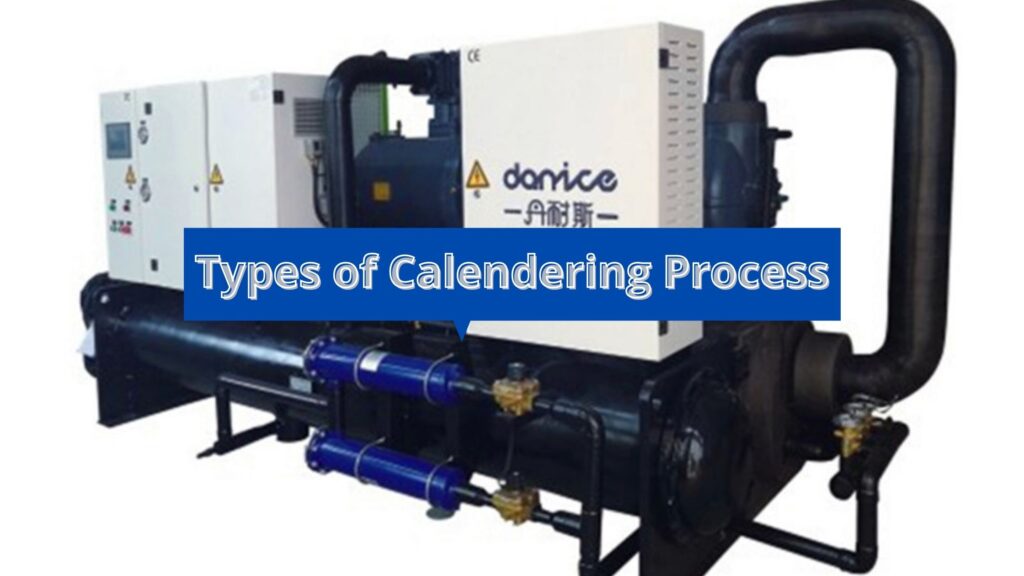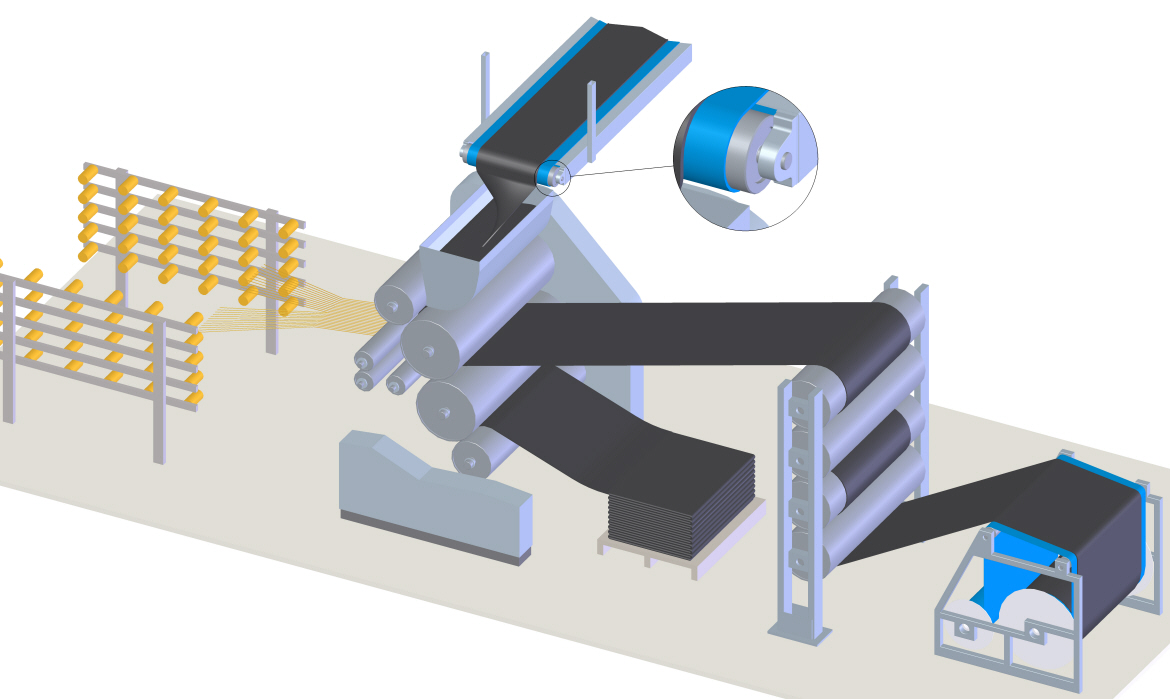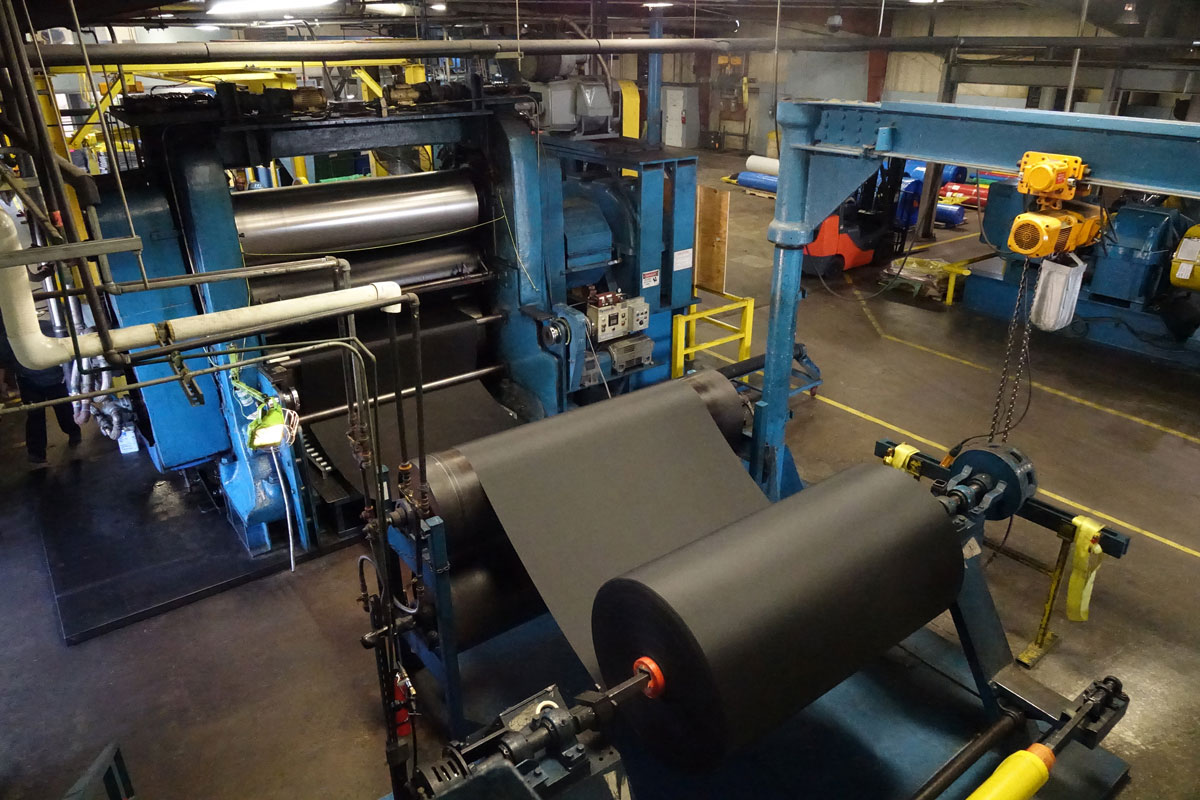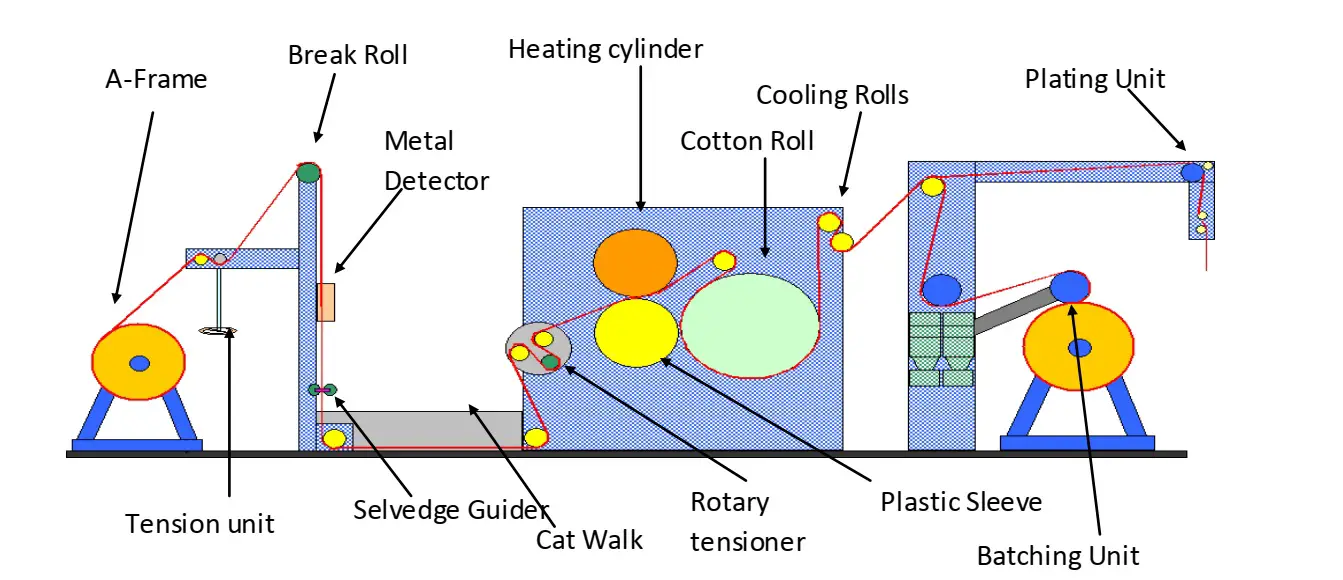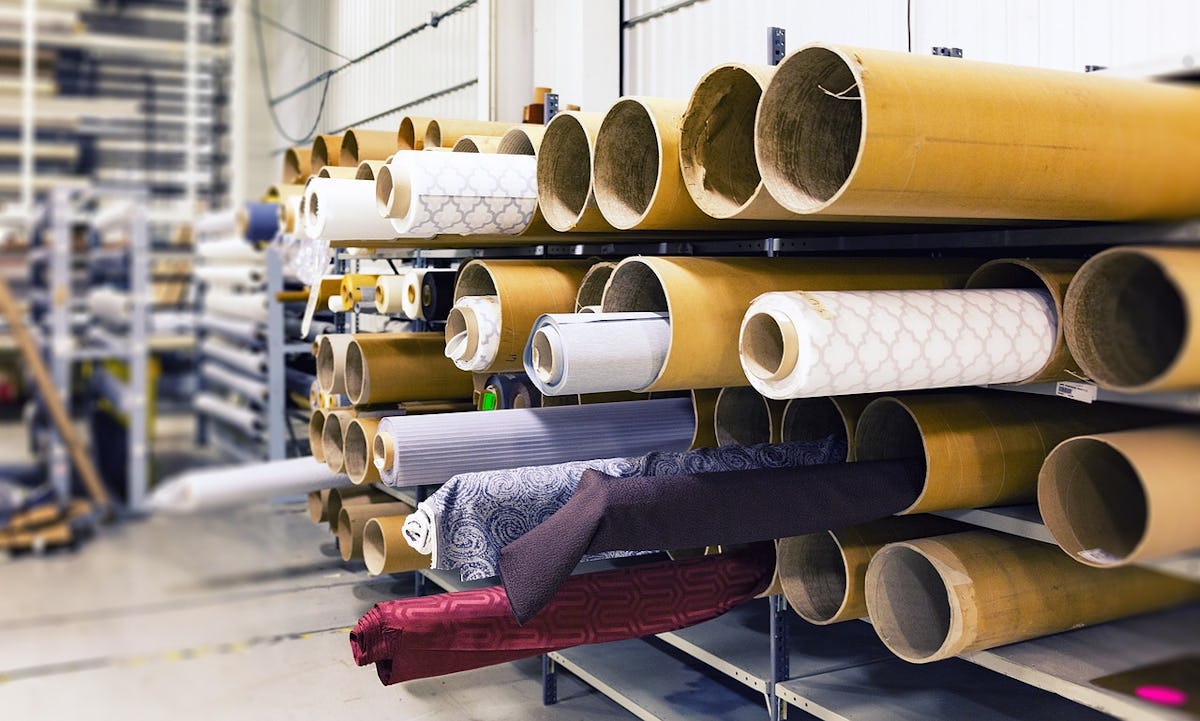Calendering Of Fabric
Calendering Of Fabric - Web the calendering process in textiles is a crucial step in fabric finishing that enhances properties such as. Web calendering is a process whereby fabric is compressed by passing it between two or more rollers under. Web a calender is a series of hard pressure rollers used to finish or smooth a sheet of material such as paper, textiles, rubber, or plastics. Web calendering increases fabric density and compacts fibers, resulting in improved fabric strength and durability.
Web calendering is a process whereby fabric is compressed by passing it between two or more rollers under. Web a calender is a series of hard pressure rollers used to finish or smooth a sheet of material such as paper, textiles, rubber, or plastics. Web calendering increases fabric density and compacts fibers, resulting in improved fabric strength and durability. Web the calendering process in textiles is a crucial step in fabric finishing that enhances properties such as.
Web calendering is a process whereby fabric is compressed by passing it between two or more rollers under. Web a calender is a series of hard pressure rollers used to finish or smooth a sheet of material such as paper, textiles, rubber, or plastics. Web the calendering process in textiles is a crucial step in fabric finishing that enhances properties such as. Web calendering increases fabric density and compacts fibers, resulting in improved fabric strength and durability.
fabric Calendering process, caledar laundry, electric press machine for
Web calendering increases fabric density and compacts fibers, resulting in improved fabric strength and durability. Web the calendering process in textiles is a crucial step in fabric finishing that enhances properties such as. Web calendering is a process whereby fabric is compressed by passing it between two or more rollers under. Web a calender is a series of hard pressure.
6 Types Of Calendering Process In Textile Textile Property
Web the calendering process in textiles is a crucial step in fabric finishing that enhances properties such as. Web calendering increases fabric density and compacts fibers, resulting in improved fabric strength and durability. Web a calender is a series of hard pressure rollers used to finish or smooth a sheet of material such as paper, textiles, rubber, or plastics. Web.
Tyre Manufacturing Ammeraal Beltech
Web a calender is a series of hard pressure rollers used to finish or smooth a sheet of material such as paper, textiles, rubber, or plastics. Web the calendering process in textiles is a crucial step in fabric finishing that enhances properties such as. Web calendering increases fabric density and compacts fibers, resulting in improved fabric strength and durability. Web.
Calendering:Woven Fabric Finishing Process textilewebinfo
Web the calendering process in textiles is a crucial step in fabric finishing that enhances properties such as. Web calendering is a process whereby fabric is compressed by passing it between two or more rollers under. Web calendering increases fabric density and compacts fibers, resulting in improved fabric strength and durability. Web a calender is a series of hard pressure.
CSI Calendering, Inc Textiles
Web the calendering process in textiles is a crucial step in fabric finishing that enhances properties such as. Web calendering increases fabric density and compacts fibers, resulting in improved fabric strength and durability. Web a calender is a series of hard pressure rollers used to finish or smooth a sheet of material such as paper, textiles, rubber, or plastics. Web.
Calendering Factors Effecting Calendering Calendering Machine
Web the calendering process in textiles is a crucial step in fabric finishing that enhances properties such as. Web calendering is a process whereby fabric is compressed by passing it between two or more rollers under. Web a calender is a series of hard pressure rollers used to finish or smooth a sheet of material such as paper, textiles, rubber,.
6 Types Of Calendering Process In Textile Textile Property
Web calendering increases fabric density and compacts fibers, resulting in improved fabric strength and durability. Web the calendering process in textiles is a crucial step in fabric finishing that enhances properties such as. Web calendering is a process whereby fabric is compressed by passing it between two or more rollers under. Web a calender is a series of hard pressure.
Calendering for Filter Cloth Finishing Micronics Inc
Web the calendering process in textiles is a crucial step in fabric finishing that enhances properties such as. Web a calender is a series of hard pressure rollers used to finish or smooth a sheet of material such as paper, textiles, rubber, or plastics. Web calendering is a process whereby fabric is compressed by passing it between two or more.
Machinio Newest Categories Calendering & Carding
Web the calendering process in textiles is a crucial step in fabric finishing that enhances properties such as. Web a calender is a series of hard pressure rollers used to finish or smooth a sheet of material such as paper, textiles, rubber, or plastics. Web calendering is a process whereby fabric is compressed by passing it between two or more.
10 Facts About Calendering in Textile! Textile Property
Web calendering increases fabric density and compacts fibers, resulting in improved fabric strength and durability. Web calendering is a process whereby fabric is compressed by passing it between two or more rollers under. Web a calender is a series of hard pressure rollers used to finish or smooth a sheet of material such as paper, textiles, rubber, or plastics. Web.
Web Calendering Increases Fabric Density And Compacts Fibers, Resulting In Improved Fabric Strength And Durability.
Web the calendering process in textiles is a crucial step in fabric finishing that enhances properties such as. Web calendering is a process whereby fabric is compressed by passing it between two or more rollers under. Web a calender is a series of hard pressure rollers used to finish or smooth a sheet of material such as paper, textiles, rubber, or plastics.

